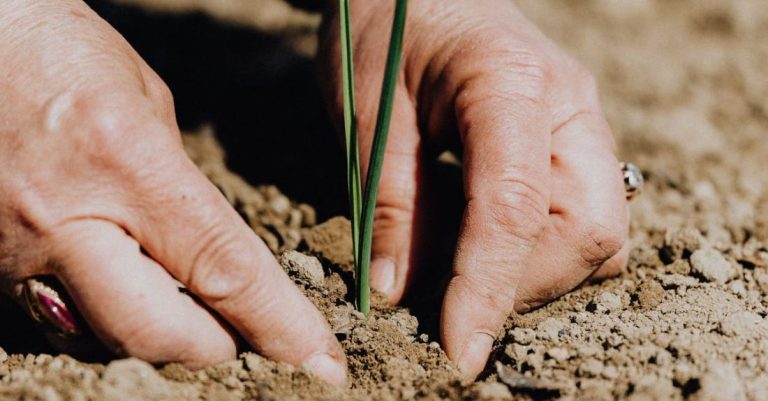
Reviving a Wilted Plant: A Guide to Bringing Your Greenery Back to Life
Houseplants are a wonderful way to bring nature indoors and brighten up any living space. However, even the most dedicated plant parent may encounter a wilted plant from time to time. Whether it’s due to overwatering, underwatering, poor lighting, or other factors, seeing your plant droop can be disheartening. But fear not, with the right knowledge and care, you can revive your wilted plant and help it thrive once again.
Assess the Situation
The first step in reviving a wilted plant is to assess the situation. Take a close look at your plant and try to determine the cause of its wilting. Is the soil dry and dusty, indicating underwatering? Or is it waterlogged and soggy, suggesting overwatering? Check the plant’s leaves for any signs of discoloration, spotting, or pests. Understanding what may have caused your plant to wilt will help you take the appropriate steps to revive it.
Adjust Watering Routine
One of the most common reasons for a plant to wilt is improper watering. To revive a wilted plant, adjust your watering routine based on its specific needs. If the soil is dry and the plant looks droopy, it may be underwatered. Give it a good drink of water, making sure to saturate the soil completely. On the other hand, if the soil is waterlogged and the plant’s leaves are yellowing or wilting, it may be overwatered. In this case, allow the soil to dry out before watering again.
Prune and Trim
Another way to revive a wilted plant is to prune and trim any damaged or dead leaves. These leaves can drain energy from the plant and hinder its ability to recover. Using clean, sharp scissors, carefully remove any yellowed, browned, or withered leaves. Make clean cuts at the base of the leaf stem to promote healthy growth. Trimming away the damaged foliage will also improve air circulation around the plant, reducing the risk of fungal infections.
Repot if Necessary
If your plant continues to wilt despite your best efforts, it may be time to repot it. Over time, plants can outgrow their containers, leading to root-bound conditions that impede their growth. Check the plant’s roots for signs of overcrowding, such as circling roots or soil that falls away easily. If repotting is needed, choose a slightly larger pot with good drainage and fresh, well-draining soil. Gently loosen the plant’s roots and place it in its new pot, adding soil around the sides to secure it in place.
Provide Adequate Light
Proper lighting is essential for a plant’s health and vitality. If your plant is wilting due to insufficient light, move it to a brighter location where it can receive the appropriate amount of sunlight. Different plants have varying light requirements, so be sure to research your plant’s specific needs. Avoid placing your plant in direct sunlight for extended periods, as this can lead to sunburn and further stress the plant. Rotate the plant occasionally to ensure even growth on all sides.
Adjust Temperature and Humidity
Temperature and humidity levels can also impact a plant’s health and well-being. Most houseplants thrive in temperatures between 65-75°F (18-24°C) and prefer moderate humidity levels. If your plant is wilting due to extreme temperatures or overly dry air, consider making adjustments to create a more favorable environment. You can increase humidity by misting the plant’s leaves, placing a humidity tray nearby, or using a humidifier. Be mindful of drafty areas or sudden temperature fluctuations, as these can stress the plant.
Monitor Progress and Stay Patient
Reviving a wilted plant is a process that requires time, patience, and consistent care. After making the necessary adjustments to help your plant recover, monitor its progress closely. Keep an eye on the plant’s leaves, stems, and overall appearance to track any improvements or setbacks. Remember that plants have their own pace of growth and recovery, so don’t expect instant results. Stay patient and continue to provide the best possible care for your plant, and soon enough, you may see it thriving once again.
In Summary
Reviving a wilted plant can be a rewarding experience that allows you to nurture and care for your greenery. By assessing the situation, adjusting your watering routine, pruning and trimming, repotting if necessary, providing adequate light, and managing temperature and humidity levels, you can help your plant bounce back to life. Remember to monitor your plant’s progress, stay patient, and enjoy the process of watching it grow and thrive under your care. With the right attention and effort, your wilted plant can transform into a vibrant and healthy addition to your indoor garden.





